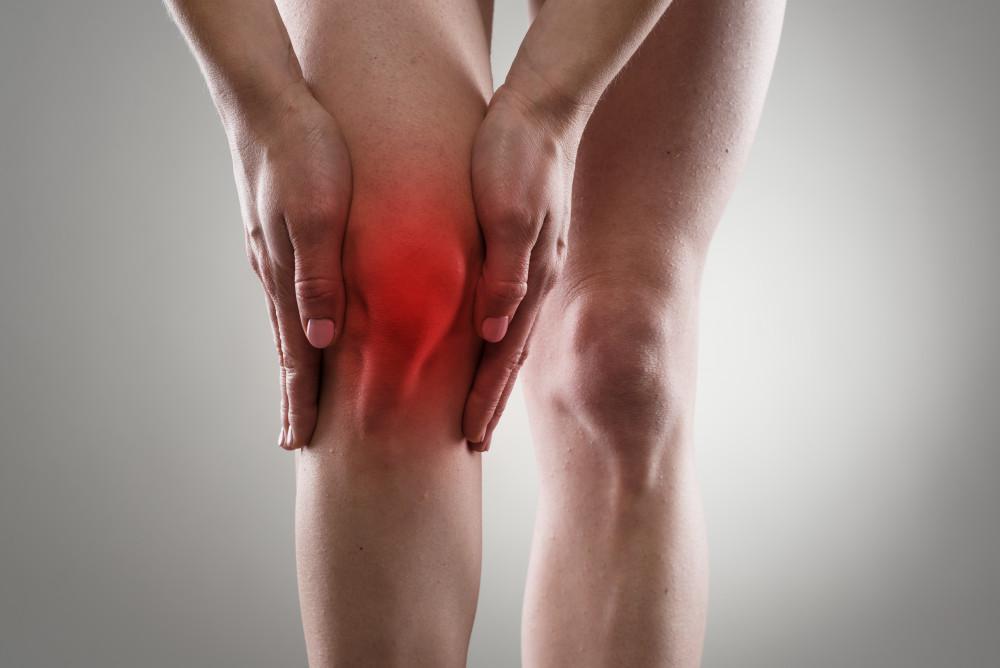If treatments like physical therapy, pain medications, and exercises have failed, it might be time to talk to Dr. Zaffarkhan about hyaluronic acid for your joint pain. Here are few things he wants you to know about osteoarthritis and hyaluronic acid to decide if this might be a good treatment option for you.
What is osteoarthritis?
Commonly referred to simply as arthritis, osteoarthritis is inflammation of the joints and affects an estimated 27 million Americans. Joint changes happen naturally as you age, and they most commonly affect people 50 and older. But normal wear and tear isn’t the only cause of arthritis. In fact, intense activity levels and injuries can speed up the natural aging processes of the joints.
Arthritis causes a breakdown of the cartilage and hyaluronic acid that surrounds the joints to cushion and protect the surface of the bones. Without the cartilage, your bones will grind together, causing stiffness, pain, and swelling. Arthritis is most common in joints that bear the weight of your body, such as your knees, hips, and spine.
What is hyaluronic acid?
Naturally present in your body, hyaluronic acid is found in your joints and eyes. There’s a man-made version that comes from bacteria in a laboratory or is extracted from rooster combs. It’s injected directly into your affected joints.
When you struggle with arthritis, you probably don’t have enough hyaluronic acid in your affected joint. This makes receiving an injection an ideal option, because it gives your joint the lubrication and shock absorbency it needs to move freely.
The effects
Hyaluronic acid injections can alleviate the stiffness and joint pain associated with arthritis and might even be able to extend or limit the need for surgery. The most effective route to receive it is to have it injected directly into the joint. Long-term use might delay or lessen progressive joint changes, but more research needs to be done to know for sure.
How is the injection done?
This simple procedure is done in our office at the Regenerative Institute of Newport Beach. You’ll be placed in a comfortable position, and the skin over the affected joint is cleaned. An anesthetic injection is given to help minimize the pain you feel during the procedure.
Dr. Zaffarkhan removes a small amount of fluid from the joint first, to make room for the medicine. Using the same needle, he injects hyaluronic acid directly into your joint. A small bandage is placed over the injection site, and you should be able to go home fairly quickly. Your knee may be a little tender for a few days, so avoid strenuous activities until it starts feeling better.
You might need a weekly injection for up to 5 weeks before you start to feel the full effects of the treatment. Hyaluronic acid injection effects can last 3-6 months, and they have minimal side effects.
Is hyaluronic acid right for me?
If you’ve tried several treatments but have received little to no relief, and you’re not ready to have surgery, hyaluronic acid might be the missing link to your joint problems. If you’re ready to explore this treatment, call our office in Newport Beach, California, to schedule your consultation.


